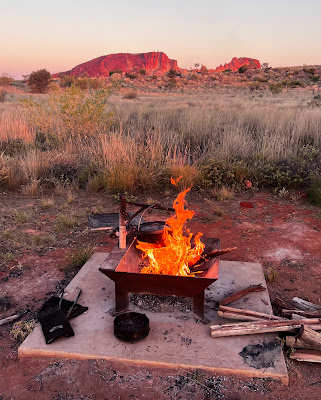Since leaving home in early June, the traffic has been light in the areas we've travelled through, so it was quite a shock to arrive at the Bruce Highway and be greeted by streams of traffic in both directions. The highway remained busy for the next one hundred and fifty-three kilometres until we reached Bowen.
All the van parks were fully booked, even though the school holidays were nearly over, so we spent the next four nights at a farm stay twenty kilometres south-west of Bowen at Glen Erin Farmstay, costing twenty dollars a night, where bore water was available, along with a dump point, showers, and toilets.
We are currently organising timings and accommodation for the upcoming month, as it is about 1,000 kilometres from Airlie Beach to the factory at Kunda Park on the Sunshine Coast. After leaving Airlie Beach, it was just over fifty kilometres to our next four-night stop at Lake Proserpine. The only facilities here are a small kiosk selling essentials, showers, toilets, and rubbish bins. The campsite overlooks the lake, and the nightly charge is $10 per person.
Unfortunately, during our four days here, we experienced strong, gusty winds, and as often happens on our departure day, the winds have now eased.


.jpg)
.jpg)

.jpg)
%20(1).jpg)


.jpg)
.jpg)
.jpg)
.jpg)
.jpg)

.jpg)




.jpg)

.jpg)

.jpg)



.jpg)





.jpg)


.jpg)
.jpg)












.jpg)
.jpg)






